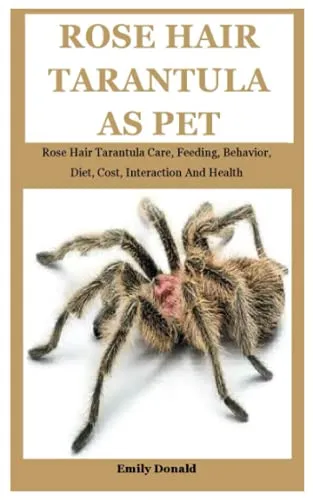Understanding Rose Hair Tarantula Feeding
Rose Hair Tarantulas, known for their docile nature and beautiful appearance, are popular pets. Proper feeding is essential for their health, growth, and overall well-being. Unlike mammals, tarantulas don’t require daily feeding. Their metabolism is much slower, and they can go for extended periods without food, especially adults. This guide will help you understand the optimal feeding frequency, the best food choices, and how to avoid common feeding mistakes, ensuring your Rose Hair Tarantula thrives in your care. Understanding these aspects is crucial for any tarantula owner to provide their pet with a healthy and balanced diet.
Feeding Frequency for Rose Hair Tarantulas
The feeding frequency for a Rose Hair Tarantula varies based on its age. Spiderlings, the youngest tarantulas, require more frequent feeding due to their rapid growth. As they mature, the frequency decreases. Overfeeding can lead to health problems, such as a ruptured abdomen, while underfeeding can stunt growth and affect molting. It’s essential to strike the right balance to keep your tarantula healthy and active. Always observe your tarantula’s behavior and adjust the feeding schedule accordingly, taking into account factors like the tarantula’s appetite and overall health.
Age of the Tarantula
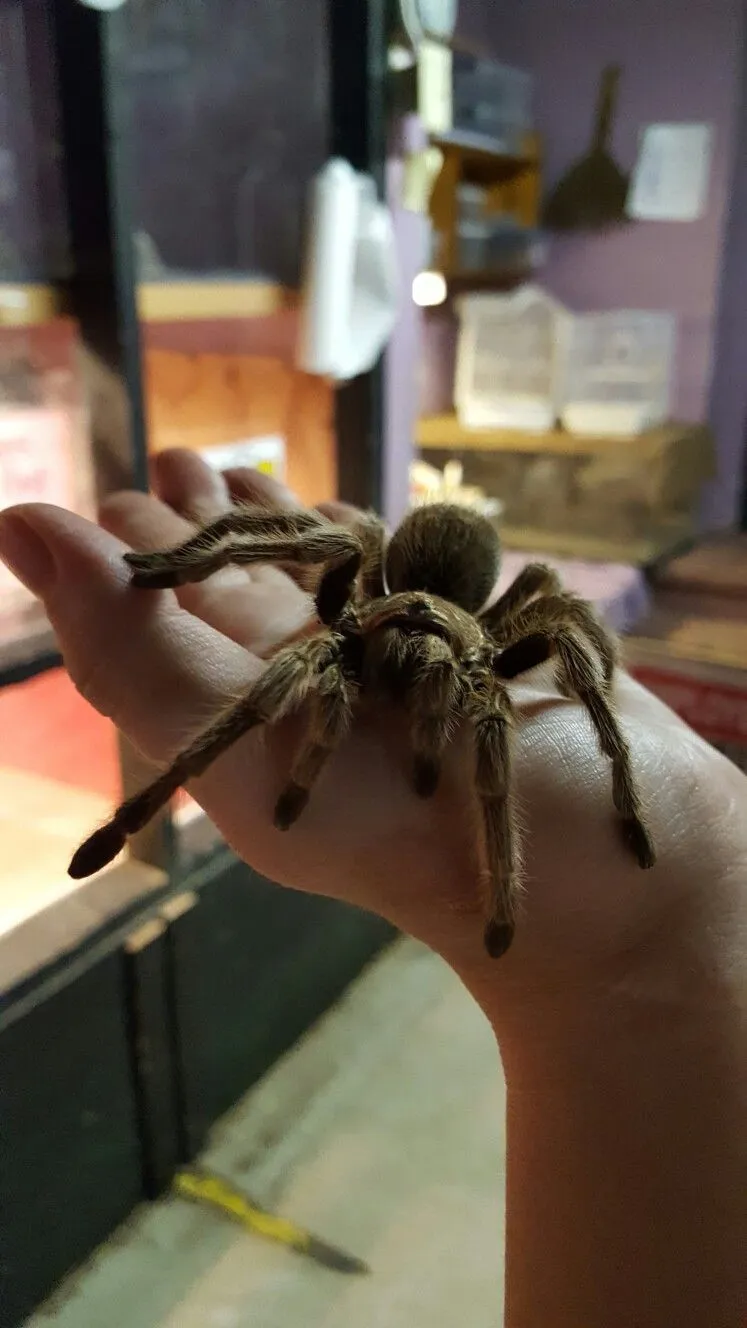
Spiderlings (young tarantulas) typically need to be fed every 3-7 days. Sub-adults, the tarantulas in the growing stage, can be fed once every 7-10 days. Adult Rose Hair Tarantulas can be fed once every 10-14 days, or even less frequently, especially if they are well-fed. It’s crucial to adjust these guidelines based on individual needs. Observe your tarantula’s body condition. If the abdomen appears very small and shrunken, it may be underfed. Conversely, a very large abdomen may indicate overfeeding. Adjust the feeding schedule as necessary, always prioritizing your tarantula’s health and well-being.
Size and Growth Stage
The size of your Rose Hair Tarantula is a significant factor in determining how often to feed it. Growing tarantulas, which are actively molting, require more frequent feeding than mature ones. Provide appropriately sized prey based on the tarantula’s size. A good rule of thumb is to offer insects that are roughly the size of the tarantula’s abdomen. Ensure the prey is not too large, as this can stress the tarantula. During molting, tarantulas typically stop eating, so avoid offering food during this time. Once the molt is complete, they will likely have a strong appetite and require a good meal to replenish their energy and rebuild their exoskeleton.
Temperature and Humidity
Temperature and humidity also impact feeding habits. Warmer temperatures generally increase a tarantula’s metabolism, potentially leading to a greater appetite, and the need for more frequent feeding. Higher humidity can also affect molting cycles and feeding behavior. Ensure that the enclosure maintains the correct environmental conditions for your Rose Hair Tarantula. Use a thermometer and hygrometer to monitor temperature and humidity levels regularly. Adjust feeding schedules as needed, paying close attention to how your tarantula responds to these environmental factors. Proper temperature and humidity are crucial for the overall health and well-being of your tarantula.
Signs Your Tarantula is Hungry

Understanding the signs of hunger in your Rose Hair Tarantula can help you adjust its feeding schedule effectively. A hungry tarantula may be more active than usual, wandering around its enclosure and exploring. It may also display a hunting behavior, sitting in a feeding posture, ready to pounce on prey. A tarantula with a slightly shrunken abdomen may also indicate it needs food. However, be careful not to confuse hunger with other behaviors. Over time, you’ll learn your tarantula’s individual cues. Being observant and attuned to your pet’s behavior is key to providing optimal care and ensuring its well-being.
Choosing the Right Food for Your Tarantula
The diet of a Rose Hair Tarantula primarily consists of insects. Choosing the right food is crucial for their nutritional needs and health. Crickets and mealworms are common choices, but they should be supplemented with other insects to provide a balanced diet. Variety in the diet is beneficial, so you can offer a mix of different insect types. Always make sure that the insects you choose are free from pesticides, which can be harmful to your tarantula. Additionally, consider the size of the prey in relation to your tarantula’s size, to ensure it can eat the insects easily. A varied and appropriate diet will help your tarantula thrive.
Feeding Live Insects
Feeding live insects is a natural way to provide enrichment for your Rose Hair Tarantula. Live prey stimulates their hunting instincts, which can improve their overall well-being. However, there are risks associated with feeding live insects. Ensure the insects are of an appropriate size, as larger insects can injure or even kill a tarantula. Also, always remove uneaten insects after 24 hours to prevent them from bothering or harming your tarantula. When introducing live prey, observe your tarantula’s behavior. Monitor its feeding habits and adjust the prey size and quantity accordingly. Remember to provide a water source for the insects to keep them alive and nutritious.
Pre-killed Prey
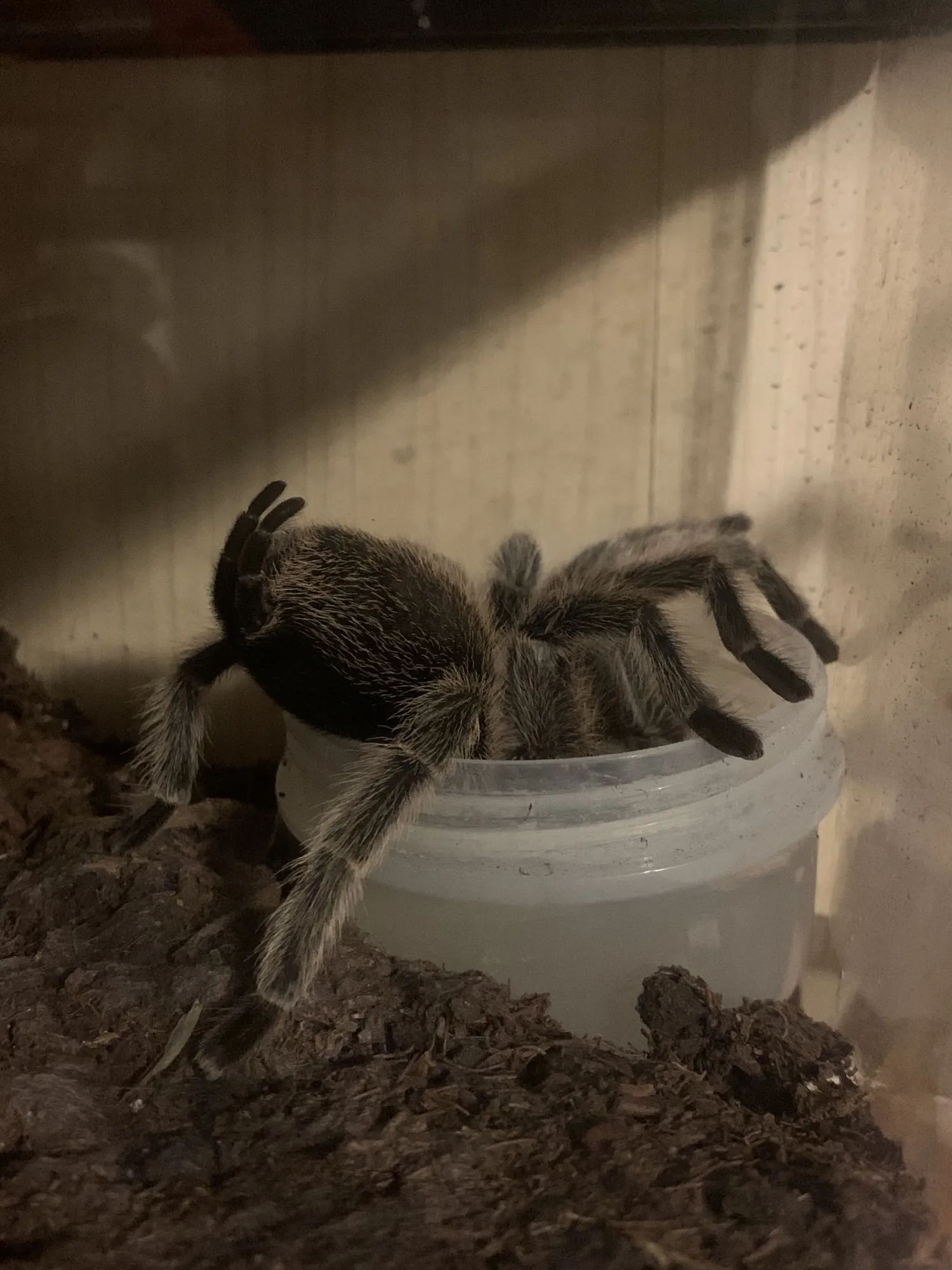
Pre-killed prey is a safe alternative to live insects, particularly for beginners or for tarantulas that are molting or otherwise vulnerable. You can pre-kill the insects yourself or purchase them already dead. Pre-killed prey eliminates the risk of insects harming the tarantula, and it gives you better control over the feeding process. When offering pre-killed prey, make sure the tarantula recognizes it as food. You can stimulate their feeding response by gently touching the prey with tongs or placing it near the tarantula’s mouth. Pre-killed prey can be especially helpful during molting when tarantulas are more sensitive. Always ensure the prey is fresh to avoid potential health issues.
How to Feed Your Rose Hair Tarantula Safely
Feeding your Rose Hair Tarantula safely involves several important steps to ensure both your safety and your pet’s well-being. Use long tongs to handle prey and prevent the tarantula from potentially biting you. Open the enclosure carefully to avoid any escape attempts. Always monitor the tarantula during feeding, and remove any uneaten prey after 24 hours to avoid stress or harm to the tarantula. Before feeding, make sure the tarantula’s enclosure is clean and appropriately humidified. By following these steps, you can ensure a safe and stress-free feeding experience for both you and your tarantula.
Handling Your Tarantula During Feeding
It is generally not recommended to handle your Rose Hair Tarantula during feeding. Handling can stress the tarantula, disrupt its feeding behavior, and increase the risk of accidental bites. If you need to handle your tarantula for any reason, do so with extreme care and gentleness. However, avoid handling it immediately before, during, or after feeding. Always approach the tarantula slowly and avoid sudden movements. Make sure the environment is calm and quiet to minimize stress. If you must handle your tarantula, do so in a safe area, such as over a soft surface, in case it falls. Prioritize the tarantula’s well-being by minimizing unnecessary handling.
Cleaning Up After Feeding
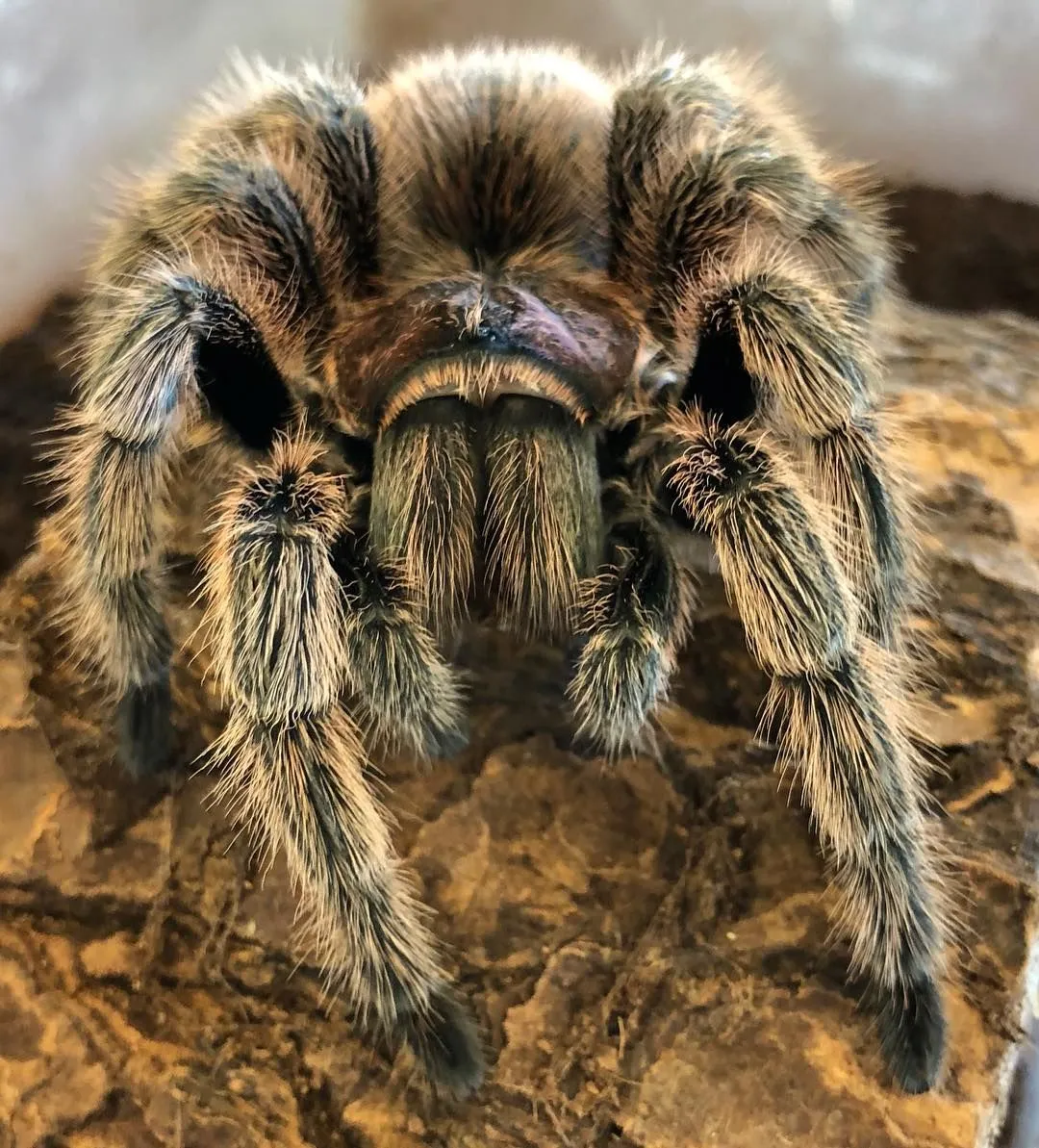
Cleaning up after feeding is crucial for maintaining a healthy environment for your Rose Hair Tarantula. Remove any uneaten prey within 24 hours to prevent the build-up of waste and potential health issues. Regularly check the enclosure for discarded exoskeletons, which are shed during molting, and remove them. Keep the water dish clean and filled with fresh water. A clean enclosure helps prevent the growth of bacteria and fungi. Regularly clean and sanitize the enclosure to maintain the cleanliness and hygiene required for a happy, healthy tarantula. Regular cleaning also makes it easier to observe your tarantula and identify any potential health issues.
Common Feeding Mistakes and How to Avoid Them
Avoiding common feeding mistakes is crucial for keeping your Rose Hair Tarantula healthy. Overfeeding and underfeeding are two of the most prevalent errors. Always follow the appropriate feeding frequency based on the tarantula’s age and size, and the size of the prey. Another mistake is offering food that is too large or too small, or inappropriate food types. Always ensure the food is of the correct size and type. Providing too little or too much food can lead to health issues and affect the tarantula’s overall well-being. By being mindful and informed, you can avoid these common pitfalls and ensure your tarantula thrives.
Overfeeding Your Tarantula
Overfeeding your Rose Hair Tarantula can lead to several health problems. Excess food can stress the tarantula’s digestive system, potentially resulting in a ruptured abdomen, a fatal condition. If the tarantula’s abdomen appears excessively large, reduce the feeding frequency immediately. Avoid offering food immediately after a molt, as their fangs and body parts are soft. Monitor the tarantula’s body condition and behavior to ensure you’re not overfeeding. A healthy tarantula should have a moderate abdomen size and be active and alert. Proper diet and feeding frequency are essential to avoid the dangers of overfeeding and ensure a long, healthy life for your pet.
Underfeeding Your Tarantula
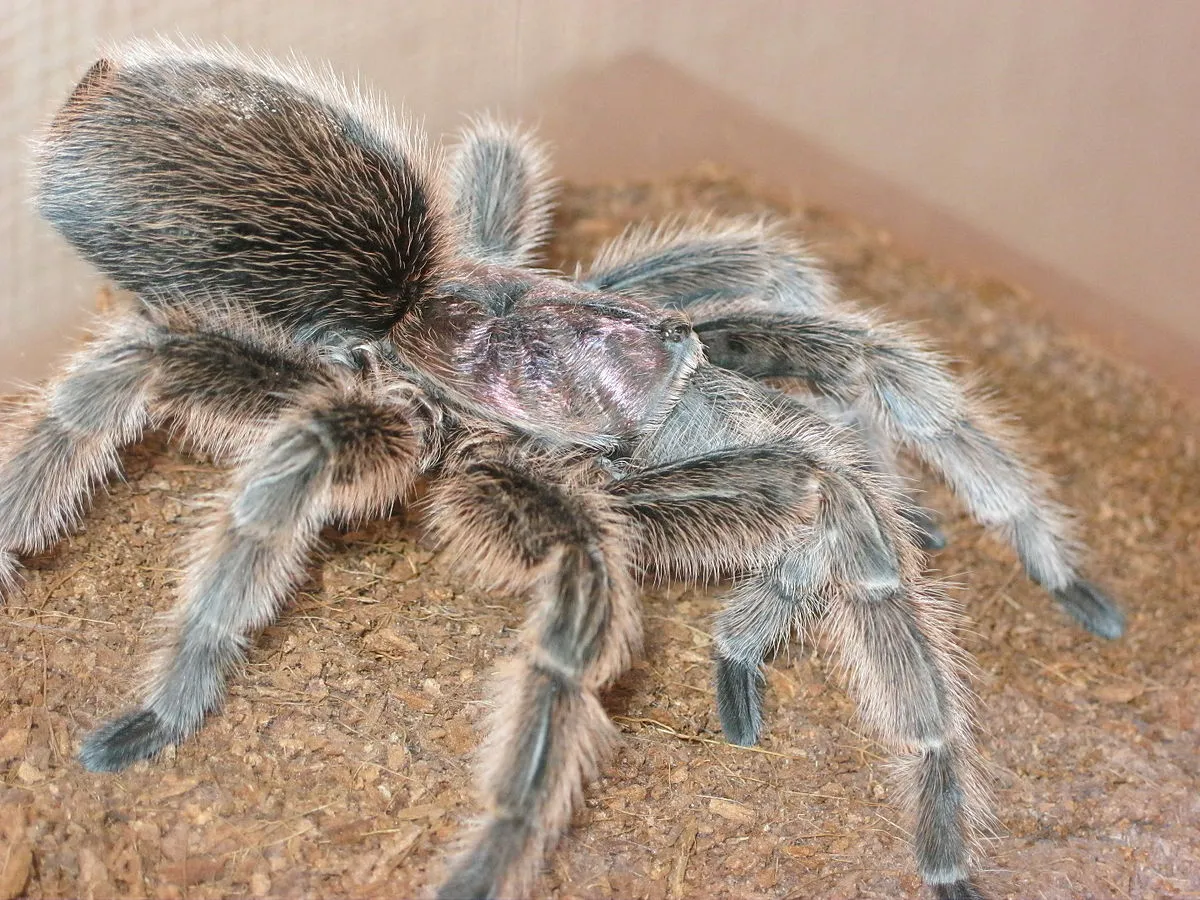
Underfeeding your Rose Hair Tarantula is another common mistake, and can also be detrimental to its health. Insufficient food can stunt growth, weaken the tarantula, and make it more susceptible to illnesses. Signs of underfeeding include a shrunken abdomen and reduced activity. If you suspect your tarantula is underfed, increase the frequency of feeding slightly, or offer slightly larger prey. However, be careful not to overcompensate, as this can lead to other health complications. A balance is key; consistently monitor your tarantula’s behavior and body condition. Proper feeding is the cornerstone of tarantula health, which can ensure a healthy, vibrant, and long-lived pet.
When to Contact a Vet
Knowing when to contact a vet is essential for ensuring the health of your Rose Hair Tarantula. If you notice any unusual behavior, such as a loss of appetite for an extended period, lethargy, or any physical abnormalities like discoloration or injury, seek professional help. A tarantula that doesn’t molt properly or struggles to eat may also require veterinary attention. A veterinarian specializing in exotic animals can provide the necessary diagnosis and treatment. They will be able to determine whether a medical issue or a nutritional problem is the root cause, and offer tailored advice. Being proactive and seeking professional help can make a significant difference in your tarantula’s health and overall well-being.
